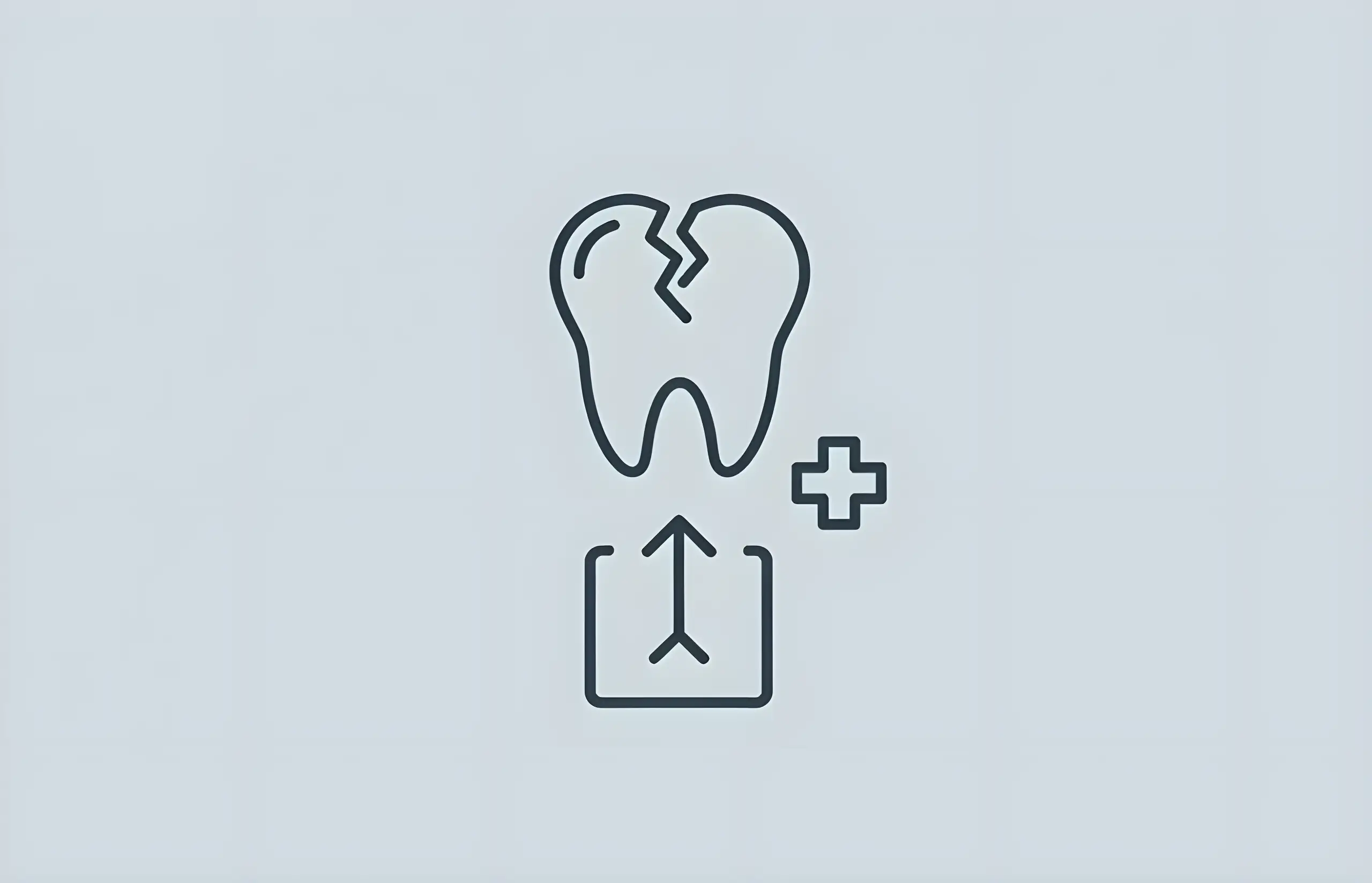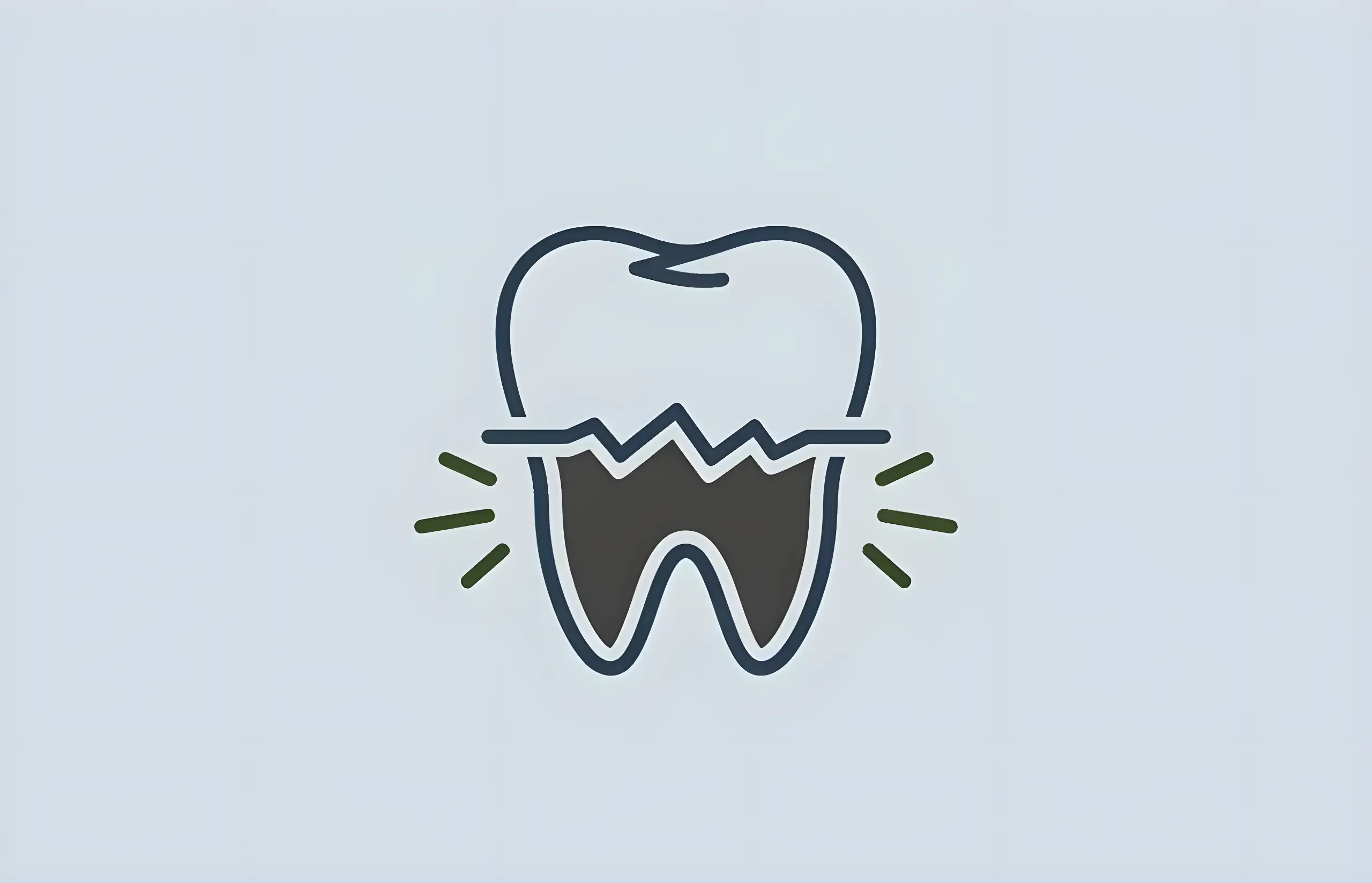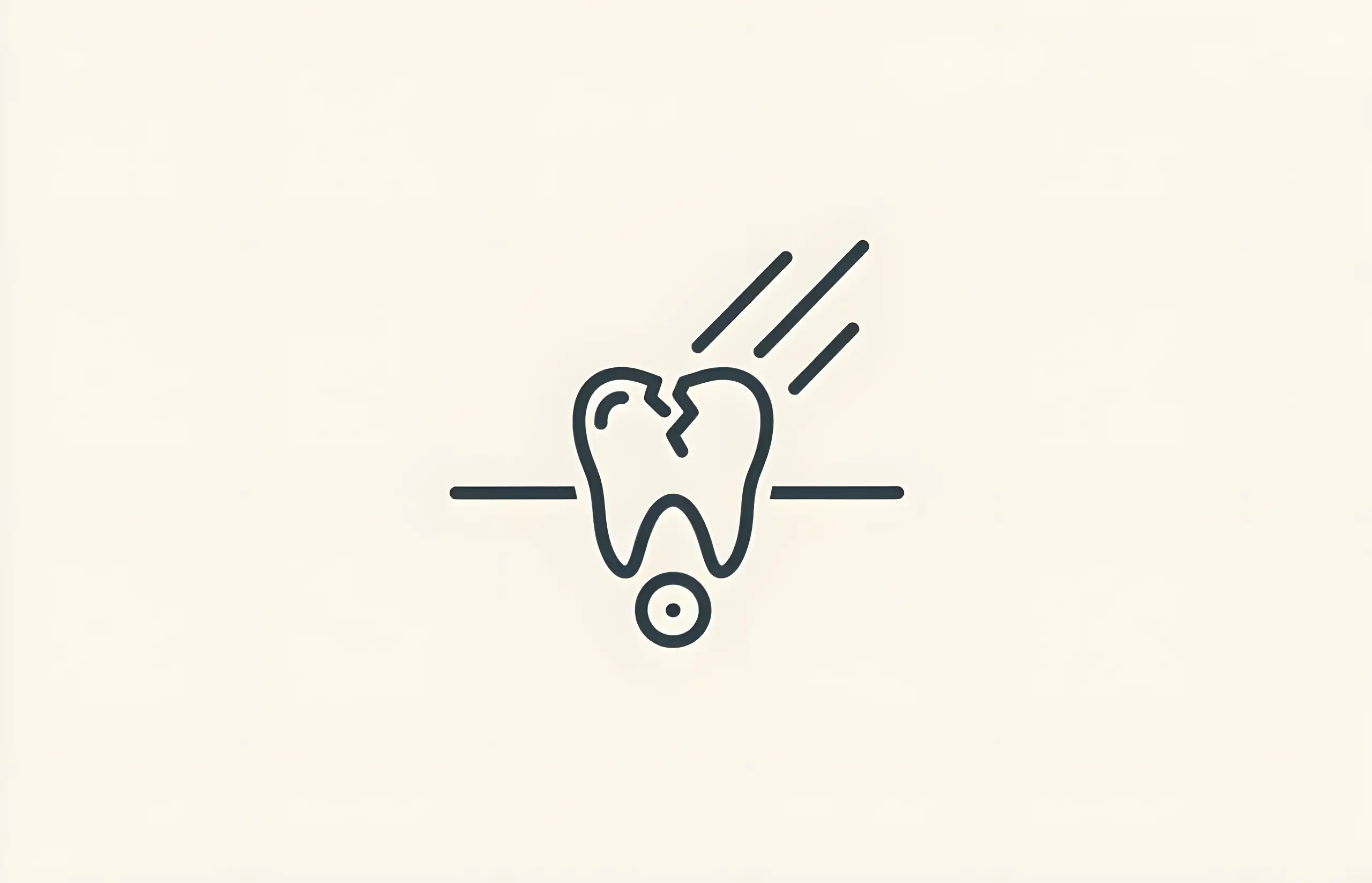A broken tooth can be a very traumatic experience. Unfortunately, as far as dental emergencies go, a broken tooth is among the most common. The severity can range from a small chip to a full fracture.
A tooth breaking off at the gumline is one of the most serious kinds of dental accidents. You need to visit a dentist as soon as possible or go to the hospital if a dentist isn't available.
There might be different underlying causes behind your broken tooth and varying levels of pain depending on the severity of the break. You might even need an emergency extraction if the tooth is in a dangerous condition.
Read on to find out exactly what you need to do if your tooth is broken at the gumline.
Identifying a Tooth Broken off at the Gumline
The best way to identify a broken tooth is simply to look at it. However, sometimes the placement of the tooth might prevent you from getting a good look at it without any tools or lights.
In that case, try feeling the tooth with your tongue first. If the edge of the tooth is jagged and sharp and close to the gumline, you definitely have a broken tooth on your hands. You might even taste blood as the blood vessels in the tooth will be bleeding.
If you are able to see the tooth, the exposed insides of the tooth will look pink or yellow. If you see anything brown or black inside your tooth, it can be a sign of tooth decay.
When you experience intense, piercing pain in the tooth, it means that nerves and the inner pulp of the tooth are exposed.
What You Should Do
You should immediately visit the dentist if you have a broken tooth. There are no exceptions—book an emergency appointment with a dentist immediately. If you don't have access to a dentist, go to the hospital.
When teeth are broken off at the gumline, they may require extraction. It depends on individual cases, but you need immediate medical attention to determine the best course of action.
Treatment Options
There are several different ways to treat a broken tooth. It depends on how soon you are able to get to the dentist and how deep the break is. Teeth that are broken beyond the gumline will likely need to be extracted.
Reattachment
If the break is clean and you have the broken piece of tooth with you, it might be possible to reattach it. A bonding agent is used to stick the pieces together.
This is a very satisfactory option as the colour and texture will match, and nobody will be able to tell the difference. It might even be used in conjunction with a root canal if the break is deeper.
Root Canal
A root canal is a procedure where the inner pulp of the tooth is removed, and a filling is put in its place instead. It is usually done when the pulp of the tooth is infected.
Since the broken tooth will leave the inside of the tooth exposed, it will be very painful and vulnerable to infection. A root canal will save you a lot of pain, and the remaining part of the tooth will stay safe.
Extrusion
Extrusion is used when the tooth is broken below the gumline. Your dentist will fit you with braces or aligners that exert pressure on the remaining piece of tooth to pull it above the gumline.
Once the tip of the tooth emerges above the gumline, the dentist will install a crown. Extrusion can take some time as it is a very slow process.
Crown or Filling
A crown is a makeshift cap that covers the exposed pulp of the tooth. It blends with the rest of the tooth and acts as an artificial replacement for the piece that broke off.
Fillings can be used to repair minor damage. A resin that matches the colour of your teeth is used to mend the broken tooth. However, this method cannot be used if the tooth is broken beyond the gumline.
Extraction
If repair is not possible, which usually happens in cases where the tooth is broken far beyond the gumline, the dentist will extract the remaining piece of tooth.
Different replacement options like dentures, implants, or dental bridges can be considered depending on the individual.
Parting Thoughts
Having a tooth break off at the gumline is a precarious position to be in. You need to rush to a dentist as soon as possible if you want to have a greater chance of saving your tooth.
There are several courses of treatment available to you, but most people prefer to preserve the natural tooth if possible. If not, you can consider dentures or dental bridges.
Sources and References
-
[1]
Influence of different tooth preparation and bonding techniques on the fracture resistance of tooth fragment reattachmentBMC Oral Healthhttps://www.ncbi.nlm.nih.gov/pmc/articles/PMC8293934/
-
[2]
Orthodontic Extrusion vs. Surgical Extrusion to Rehabilitate Severely Damaged Teeth: A Literature ReviewDentistry Journalhttps://pubmed.ncbi.nlm.nih.gov/34574454/
-
[3]
Success rate of fractured teeth receiving modified crown lengthening surgery and restorationsBMC Oral Healthhttps://pmc.ncbi.nlm.nih.gov/articles/PMC8969369/
- [4]
-
[5]
Indications for root canal treatment following traumatic dental injuries to permanent teethInternational Endodontic Journalhttps://pubmed.ncbi.nlm.nih.gov/37908151/
All sources accessed and verified on . Medical information reviewed for accuracy and compliance with current guidelines.
Related Articles

What To Do If You Have A Broken Molar
Understanding why molars break, recognizing symptoms from chips to severe fractures, and knowing when to seek urgent dental treatment

What is the Cost to Repair Chipped, Cracked, or Broken Teeth?
Comprehensive guide to tooth damage repair costs in the UK: NHS Band 1 (£22.70) for minor chips, Band 2 (£62.10) for fillings/root canals, Band 3 (£269.30) for crowns/veneers, with treatment success rates and prevention strategies

Help! My Tooth Broke in Half and It's Black Inside
Understanding Pulp Necrosis and Tooth Discoloration (OR 8.37 Association, 93% Crown Success)
About The Dental Guide
The Dental Guide is a trusted online resource providing evidence-based information about dental health, treatments, and procedures. Our content is created and reviewed by qualified dental professionals to help you make informed decisions about your oral health.
Our Mission
- Evidence-based dental information
- Expert-reviewed content
- Clear, accessible explanations
- Latest treatment options
- Patient-focused guidance
Editorial Standards
- GDC-registered dental professionals
- Peer-reviewed sources
- Regular content updates
- Medical accuracy verification
- Transparent authorship
Important Notice
The information on The Dental Guide is for educational purposes only and should not replace professional dental advice. Always consult with a qualified dentist for diagnosis and treatment recommendations tailored to your individual needs and circumstances.
Medically Reviewed
Reviewed by Dr. Nasim Mechoui , BDS (Bristol)
Share this article
Comments & Discussion
Have questions about dental implants? Share your thoughts or experiences.
